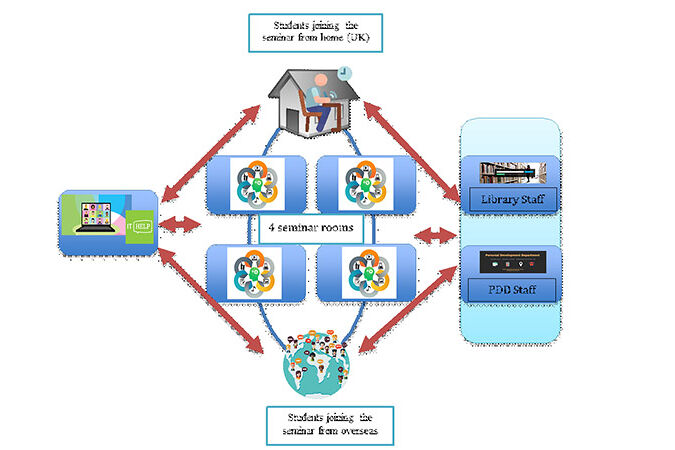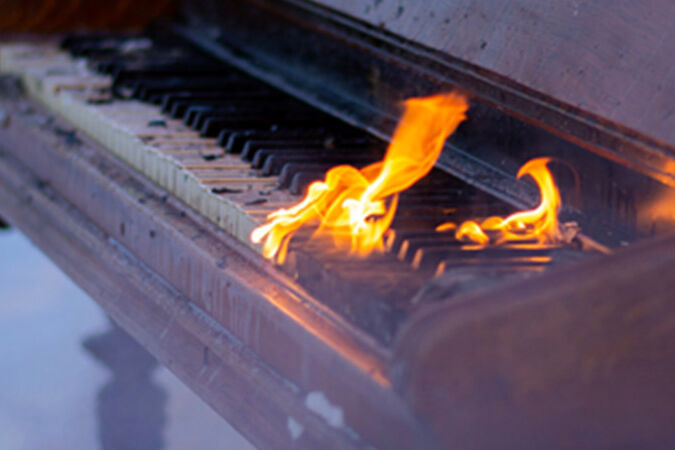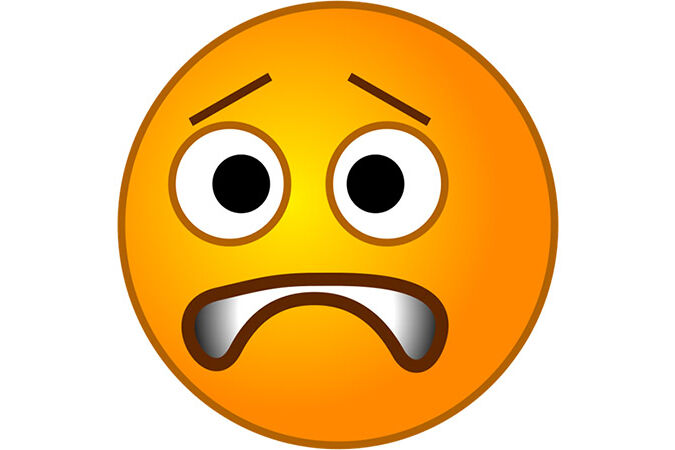
Blog

Artists and art and design teachers are familiar with the use of a sketchbook, it therefore seems an obvious place to design curricula for the subject. An art curriculum designed in a sketchbook provides the opportunity for a teacher to create their ideas through visual interpretation rather than text and develop a curriculum that deals with real-world issues rather than reproducing the existing world. The assemblage nature of a sketchbook gives way to relational ideas that encompass rhizomatic thinking and lines of flight to make the invisible visible.
I intend to consider the possibilities of art and design teachers creating curricula through the use of their own art practice. Rather than being tied down to a standardised institutional proforma on which to articulate a creative curriculum I will be arguing that they should have the opportunity to create an art and design curriculum through the use of a sketchbook.
My aim is to be able to help art and design teachers negotiate the messy complexities of art and design curricula without relying on a single constricting framework that inhibits creativity and the uniqueness of the subject.
I discovered the potential of using a sketchbook as a platform to interrogate ideas when my own research had become entrenched by constricting research frameworks, I turned to a sketchbook to help me to understand the multiplicity of my ideas and the relationships that they had with one another and helped me to make the invisible visible.
This process allowed me to make links with flexible theories that I had not previously considered. I created artworks in my sketchbook to visually question how I could articulate my own research using Deleuze and Guattari’s idea of assemblage (fig.1).
My own curiosity led me to think about how this process could be used in the thinking of art and design curricula. My sketchbook work assisted me in moving my thinking away from the usual paradigms of curriculum design where art and design teachers often refer to the ‘starting point’ of a project and the ‘final piece’, suggesting that the creative process is linear and the artwork produced is aimed at a final goal or outcome, which will subsequently be assessed.
Through the use of assemblage techniques, I composed a picture of creative analysis that would be flexible enough to change over time rather than reproducing fixed ideas. Due to the constant major changes taking place in education it is extremely difficult to plan for and predict the future. I found that creating an assemblage to be effective in educational research and curriculum development because it is a creative and flexible way of approaching both individual ideas and the effects of societal change.
By understanding pupils as dynamic assemblages we allow them to become more autonomous entities and it is the role of the teacher and the curriculum to provide opportunities and spaces for pupils to make unique responses to the world.
I argue that an art and design curriculum should not be linear or based on the reproduction of the world and this idea formed the basis of another page in my sketchbook that experimented with the ideas of tracing and mapping (Fig.2).
Through my sketchbook I discovered that tracings are a closed system that can only ever repeat itself. Tracing can be seen as the current curricula and pedagogies that provide basic concepts of teaching and learning but they do not consider the holistic learning required to turn pupils into social and political community members.
Tracings are accepted by those in power as the universal experiences that are essential to our education system and remain stable throughout time. Mapping, on the other hand helps us to understand how the various structures and frameworks of schooling work together to create a space for young people to learn how to be able to function in the communities of the future because mapping is generative rather than representative as the act of tracing.
The mapping process draws on undulations, turns, intersections, folds, pleats and loops, which was a useful way to approach curriculum design because it allowed for thinking to be fluid and flexible.
The map is an inclusive thought process as it discloses the marginalised and the ignored, uncovering reality rather than reproducing it. Connections between seemingly unrelated objects can be made, making the map a site of becoming(s).
Our classrooms are made up of a multiplicity of ideas, but the visibility of this multiplicity is not always obvious in current art and design teaching and learning. By highlighting a different approach to art and design curriculum design I hope to help teachers to create art and design curricula to address the statutory frameworks of objects as well as the creation of flexible spaces in which to investigate and explore original ideas (Fig.3).
I used the traditional artist’s mannequin to represent the authorised curriculum whereas the map covers everything in the assemblage suggesting the possibility of experimentation, exploration and originality whilst attempting to remain compliant.
The examples of artwork produced in the sketchbook supported my cognitive processes and are not presented as finished work but as a sketchbook journey of curiosity to further develop my own ideas, a method that I would like to encourage art and design teachers to adopt when redesigning their own curricula.
Creating my own visual work, opened up an understanding of the ideas of immanence, becoming and yet to come. Furthermore, the use of the sketchbook provided an opportunity for me, as an artist researcher, to refocus my thinking of curricula through the thought processes of my own art practice. During my presentation I will analyse and discuss the three examples of my sketchbook pages and their role as art and design curricula documents.




